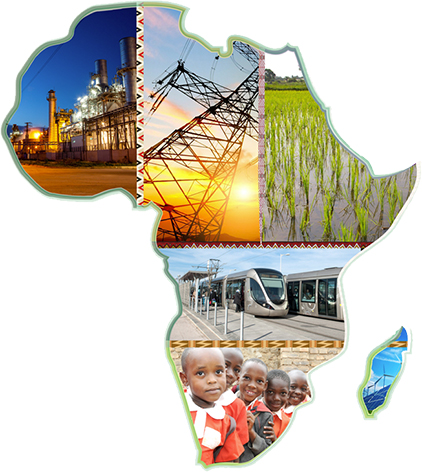Are these 5 priorities enough to drive the growth and sustainable development so desperately needed across the continent? What part is private sector and public/private investment initiatives likely to play in driving forward on these goals?

In his inaugural address on September 1, 2015, the eighth elected President of the African Development Bank Group, Akinwumi Adesina, set down a new agenda for the Bank Group, building on its existing 2013-2022 Strategy. In his speech, he outlined the five development priorities for the institution. The High 5s are to: Light up and Power Africa; Feed Africa; Industrialize Africa; Integrate Africa; and Improve the Quality of Life for the People of Africa. These focus areas are essential in transforming the lives of the African people and therefore consistent with the United Nations agenda on Sustainable Development Goals (SDGs).
In 2013, the African Development Bank’s Board approved a Ten Year Strategy covering the period 2013-2022, entitled At the Center of Africa’s Transformation (TYS). The overarching twin objectives of the TYS are the achievement of inclusive growth and the transition to green growth through five operational priorities: infrastructure development, regional economic integration, private sector development, governance and accountability, and skills and technology. In addition, the TYS highlights three areas of special emphasis: gender, fragile states, and agriculture and food security.
In September 2015, world leaders agreed to an ambitious set of Sustainable Development Goals, with the objective of eliminating extreme poverty from the planet by 2030. A few months later, at the Twenty First United Nations Conference on Climate Change (COP21) in Paris, an equally ambitious agreement on Climate Change was reached. To respond to this ambitious development mandate, the global community has tasked the Multilateral Development Banks (MDBs) to significantly scale up their activities by leveraging and crowding in financial resources and moving from “billions to trillions”, as was articulated during the UN Financing for Development conference held in July 2015.
These priority areas are:
Although the continent has experienced consistent growth over the past decade, 120 million Africans remain out of work, 42 percent of the population still live below the US $1.25 poverty line, and around one in four people in SSA remain undernourished. Inequality is also high: six of the 10 most unequal countries in the world are African, particularly affecting women and the youth. While it is recognized that Africa is the least contributor to carbon emissions globally, the continent is also the most vulnerable to climate variability and change. Making growth inclusive will require broadening access to economic opportunities for more people, countries and regions, and helping the continent generate much needed productive jobs, while protecting the vulnerable. Helping the continent transition to green growth will require mainstreaming sustainable development initiatives through investments in clean renewable energy, climate smart agriculture and sustainable water resource management, among others.
The African Development Bank intends to scale up operations in the High 5 priority areas, consistent with the objectives of the TYS. To find out more about each of the High 5 areas, click on the icons above.
Source: http://www.afdb.org/









